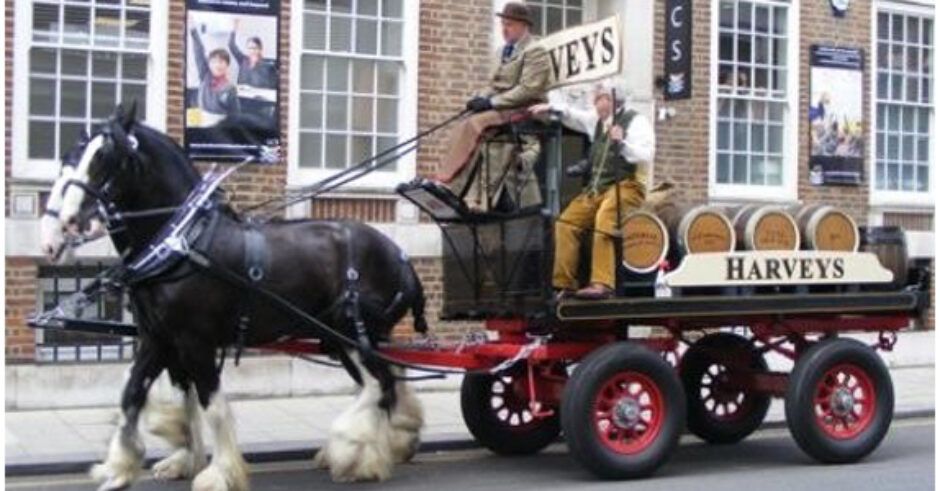Many years ago, as a young brewery sales manager, I was talking to the new transport manager who’d recently taken over from someone who’d “been there years.” Now that he was settled in he was starting to have a look at things and one of the things he wondered about was the seemingly erratic delivery route planning; On a Monday the dray lorries would go out to customers on the very extremities of the delivery area and the next day they were all within a stone’s throw of the brewery. Wednesday they were moderately far away, the following day round the doors again and on a Friday right out at the extremities again. It just didn’t make any sense why deliveries were planned this way, surely using a petal system would ensure a much more efficient and better service to customers.
On further research, it was explained to him that they had always done it this way and that it was to look after the horses. But we don’t have horses he said.
Well we used to, was the reply; you see, after a nice rest at the weekend they were fit for a good run out on a Monday when their strength was up. They got a bit of a rest on a Tuesday, went a little further on Wednesday, not too long on a Thursday and then right out there again on a Friday when their strength was back up.
Apparently, when trucks were brought in to replace those lovely old horses they did just that, they replaced the horses. No-one stopped to think about what features the trucks had that the horses didn’t and what opportunities for new ways of working this offered. What was efficient for the past was ridiculous for the present. The new transport manager re-drew the routes!
A nice story I know, but what has this got to do with digital transformation?
Too many companies just bring in new technology and digitise existing processes which were designed for old ways of working, old governance processes, old user needs and old expectations. Digital transformation challenges businesses to use technology to redesign processes and ways of working relentlessly focusing on user needs without the harnesses and constraints of the past.
Be careful not to frame your digital transformation in the needs of the past, understand the need now, look at trends and forecasts and design flexibility in to respond to the future. Ask yourself are you digitising the past or enabling the future?
Ps… do remember to take a carrot with you when out for a country walk to feed those lovely old Shires as they enjoy their retirement.
#DigitalTransformation





